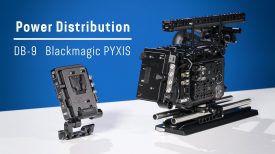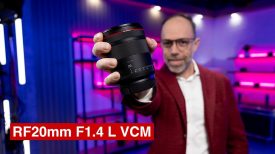By site editor Dan Chung:
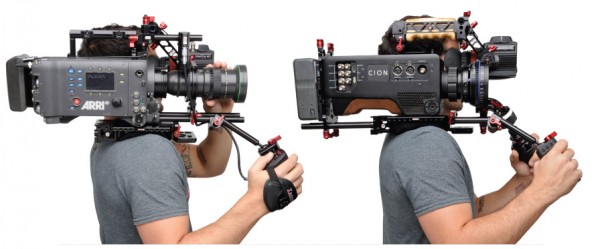
Zacuto’s Next Gen Recoil Rigs – Teaser from Zacuto on Vimeo.
Zacuto this week officially launched their next generation Recoil rig system – versions of which we previously covered at the IBC show in Amsterdam. It is designed to bring greater comfort and better camera movement to your camera by ensuring it is correctly balanced on the shoulder – like an old ENG camera. I have been wanting someone to implement this concept since the dawn of the large sensor video.
The next gen Recoil is modular and Zacuto are keen to point out that with the same core components from the system you can rig almost any large sensor camera out there on the market.
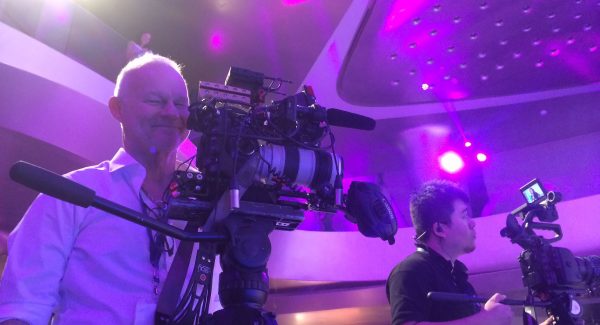
Steve Weiss of Zacuto is constantly telling me that the correct balance point for most camera setups is somewhere close to where the camera body meets the lens, not toward the rear of the camera – he’s right about that. Most rigs I have used to date have a shoulder pad that is simply too far back and the result is usually a front heavy setup which require biceps of steel to support for any length of time (or a serious amount of counter-weight at the rear to balance out the camera). The position of the EVF or monitor is also key – these are often mounted at strange angles that strain your neck and make viewing harder. The Recoil system addresses both these issues.
Zacuto’s Next Generation Recoil from Zacuto on Vimeo.
I’ve been fortunate enough to have been using a next gen Recoil rig for a several weeks and they are exactly what I’ve been looking for – nicely made with lots of attention to detail. The VCT Universal baseplate/shoulder pad at the core of the system is designed to rapidly attach to a regular broadcast quick release plate of the VCT standard. These VCT plates are sturdier than other quick release systems but if you do want to use a Kessler or Manfrotto style plate you can attach one to the VCT baseplate as well.
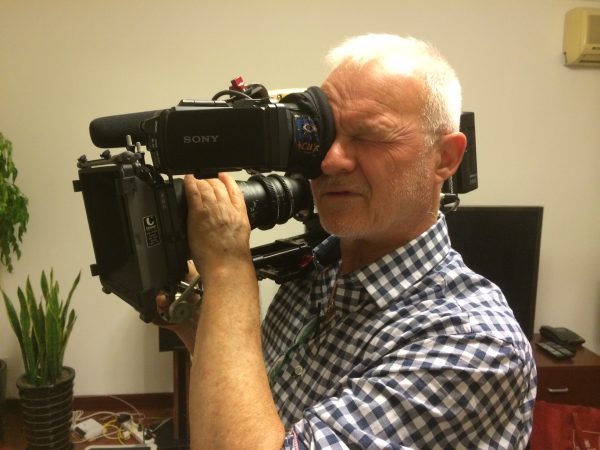
The baseplate has a nicely padded gel shoulder pad and works well on my Sony F5, F3, FS7, Canon C300, 100 and even with smaller cameras like my a7S. The trick is that it has a slot along its centre line that is over seven inches long. The camera can be mounted at any point along this slot and this is what allows it to balance anything from DSLRs to Arri ALEXA. On my F5 the VCT baseplate has a much larger range of motion than any other comparable quick release plate such as those from Vocas, Movcam or Tilta. Having just 0.75 inches between the camera base and the shoulder pad it also brings the camera’s centre of gravity as low on the shoulder as possible to ensure that the camera doesn’t swing around unduly.
The VCT Universal baseplate has front and optional rear 15mm rods that are height adjustable via a rod riser so you can add any accessory that fits. For very large cine lenses you add battery plates and the like to the rear if needs be.
The newest version of the Axis EVF mount is a refined version of the previous model. It attaches to one of the new Zacuto top handles and allows you to mount most popular EVFs in a forward position so that the balance point of the shoulder pad can be where you want it to be. They make a very nice little adapter that allows you to use the EVFs for Sony’s F5 and F55 on the end of the Axis if you own those cameras. There is also a version designed to work with the upcoming Gratical HD EVF which should ship soon.
A new version of the Half Cage fits via a NATO rail onto the side of the VCT. It can be moved forward or back and adds a lovely wooden handgrip to DSLR-based systems. The Half Cage itself has a NATO compatible bar on the top for mounting of a Zacuto handle or any number of other accessories from different manufacturers.
Handles, grip relocators and the Tornado with Z-Drive follow focus can be mounted onto the rods of the VCT baseplate and provide a good grip at the right position. The Tornado/Z-Drive combo is clever as it allows you to focus the lens without losing balance – your hand remains connected to the rig the whole time.
There are a couple of minor downsides I have found with the Next Gen Recoil, but I think the advantages far outweigh them. If you use short ultra wide stills lenses like the Tokina 11-16mm handheld then you do run the risk of having the EVF come into shot – on a tripod it is less of an issue as you can simply swing the EVF out of the way. The solution is to move the camera forward on the plate but this does take time. For my purposes I find it easier to run a balanced rig if I do need an ultra wide, then use a tripod or dolly.
Short prime lenses can be hard to fit a follow focus to unless again you move the camera forward. My solution to this has been to fit top rods and run the follow focus inverted off that instead.
Since reviewing the earlier Recoil setup for my C300 just a few months ago, the system has come on leaps and bounds. It is now easily my favourite setup for the F5 and C300. The versatility and the ability to fit such a wide range of cameras make it unique and worth the investment.
Full disclosure: This site is a affiliate partner of Zacuto



